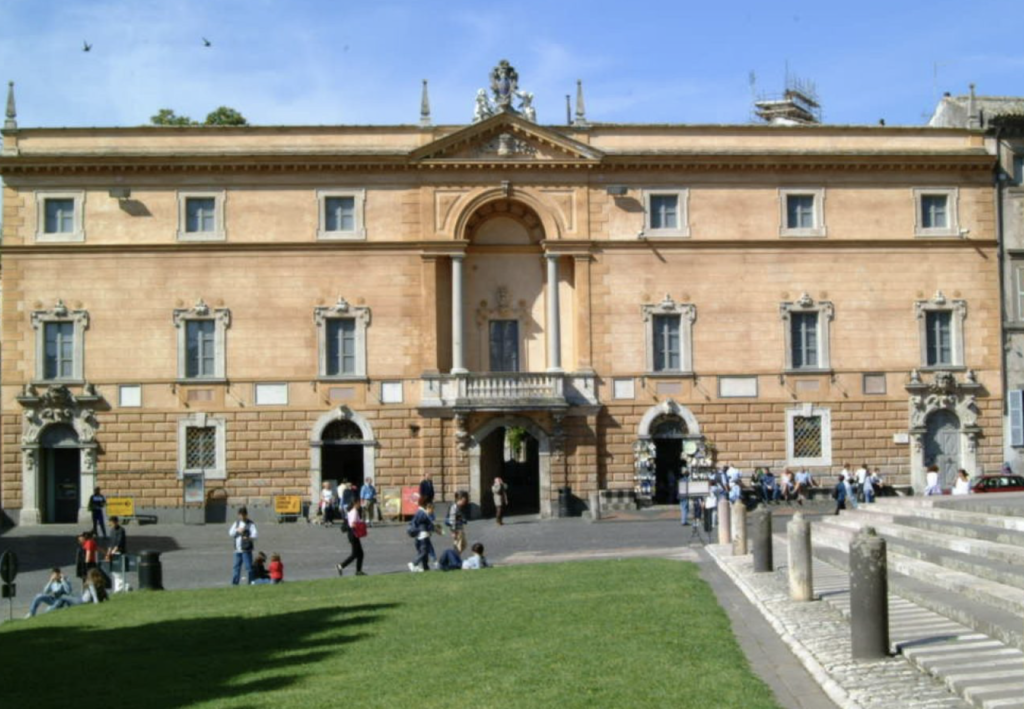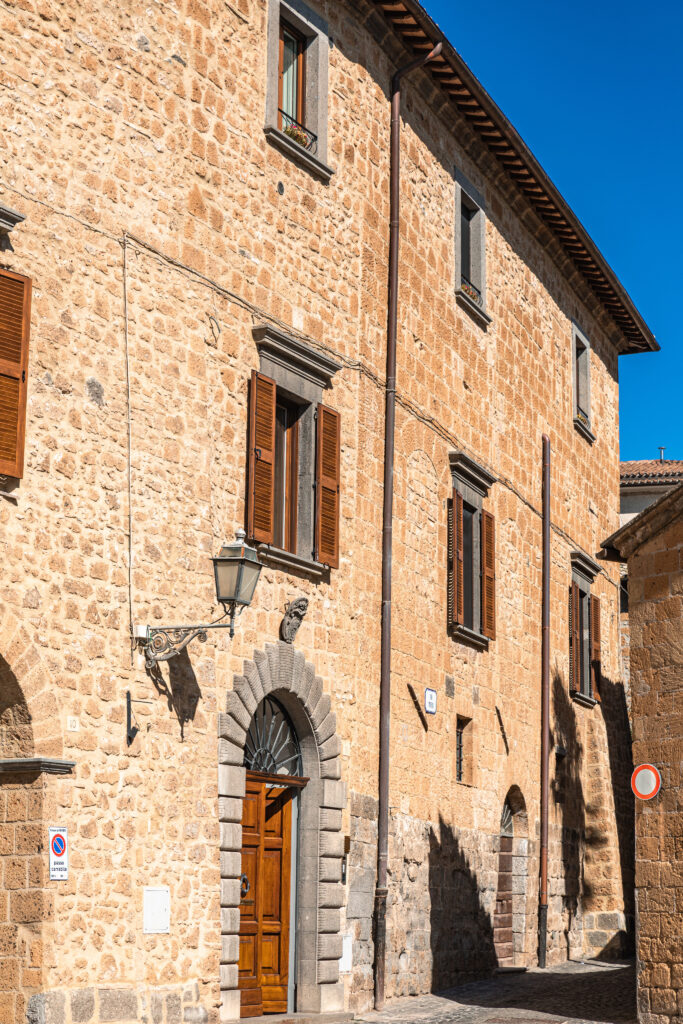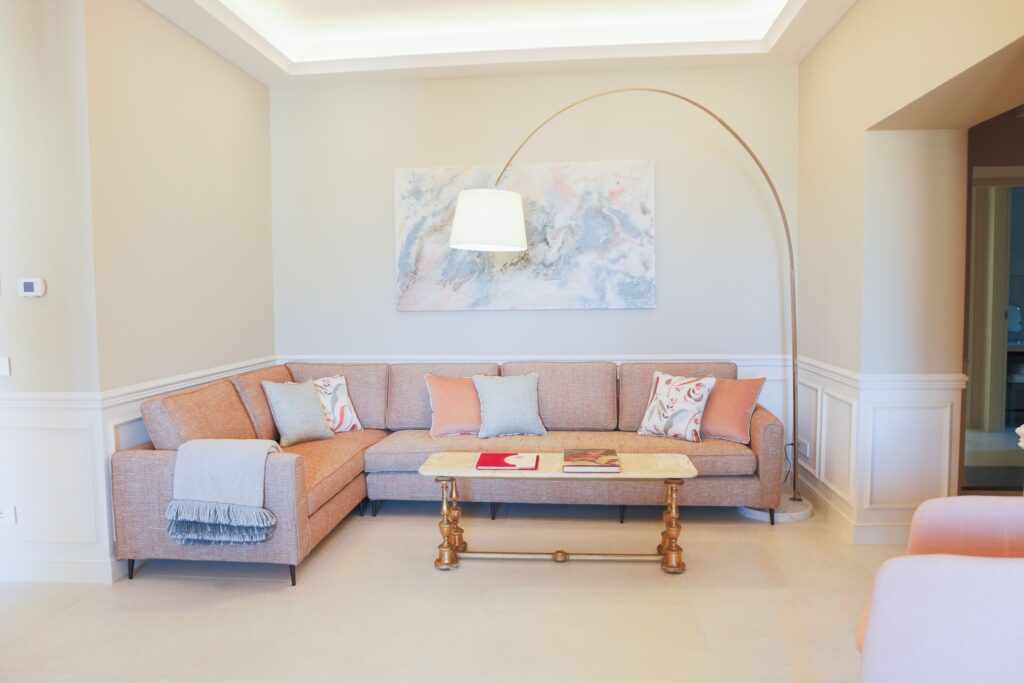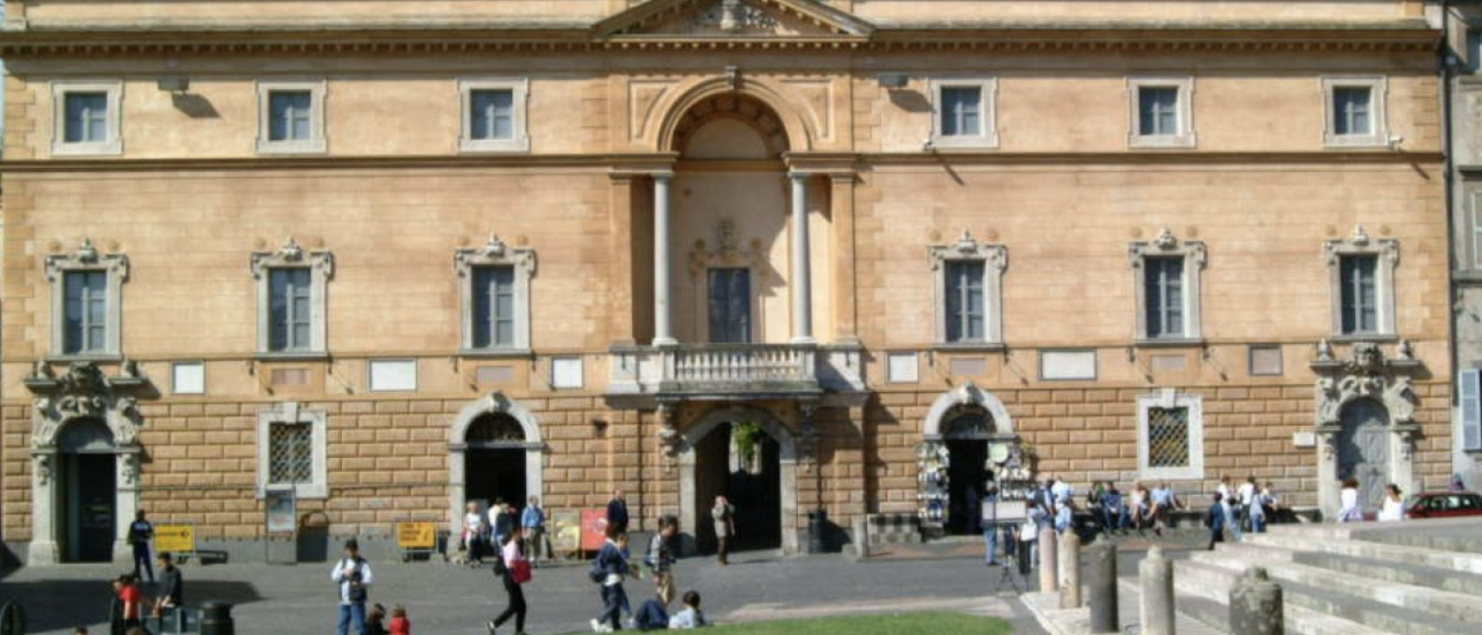Visitor Perspective, by Palazzo Misciattelli: #8, il Museo dell’Opera del Duomo
In honour of the upcoming 2025 Jubilee, Palazzo Misciattelli is delighted to introduce a series of posts on all the sites included in the Orvieto Carta Unica, from the visitor’s perspective!
Visitor Perspective, by Palazzo Misciattelli: #8, il Museo dell’Opera del Duomo
Exploring the Museo dell’Opera del Duomo: A Treasure Trove of Art and History in Orvieto
In the heart of Orvieto, adjacent to the magnificent Duomo, lies the Museo dell’Opera del Duomo, also referred to as the MODO. This museum, often overlooked by casual visitors, is a hidden gem that offers a rich collection of art, artifacts, and historical treasures. For travelers with a passion for art and history, the Museo dell’Opera del Duomo provides an in-depth look at the cultural and religious heritage of Orvieto and its stunning cathedral.

A Brief History
The Museo dell’Opera del Duomo was established to preserve and showcase the art and artifacts associated with Orvieto’s cathedral in 1882. The museum is housed in the Palazzo Soliano and the Palazzo Papale, both historic buildings that add to the charm and significance of the collection. Over the years, the museum has expanded its exhibits to include a diverse array of works from different periods, making it a comprehensive repository of Orvieto’s artistic and historical legacy.
Museum Venues
The museum’s collection spans several centuries and includes a wide variety of pieces, from religious artifacts and sculptures to paintings and illuminated manuscripts. These are housed within 3 distinct venues.
The Papal Palaces Exhibition
The ground floor offers visitors a glimpse into the “great workshop” of Orvieto which includes fragments of frescoes of the fourteenth and fifteenth centuries.
Heading upstairs visitors encounter the Room of the Maestà and “Stanze delle Meraviglie” (Rooms of Marvels or Wunderkammer). From here the Papal Palace is split into 4 rooms which feature the MODO’s painting and sculpture collection.
The painting collection at the Museo dell’Opera del Duomo features works by notable artists like Luca Signorelli, Fra Angelico, and Simone Martini. One of the most significant pieces is the series of frescoes by Luca Signorelli, depicting scenes from the Last Judgment. These frescoes are considered masterpieces of Renaissance art and showcase Signorelli’s expertise in anatomy, perspective, and dramatic composition.
The Papal Palace is also home to numerous sculptures and bas-reliefs that were originally part of the Duomo’s façade and interior. These include works by renowned artists such as Lorenzo Maitani, who was instrumental in the design and decoration of the cathedral. The detailed craftsmanship and artistic skill evident in these pieces offer a glimpse into the medieval and Renaissance periods of Italian art.

Libreria Albèri
The library, set between the cathedral and the Papal Palaces (only accessible through the first floor of the Papal Palaces), was built in 1499 for the archdeacon Antonio Albèri, who in his will bequeathed his collection to the Cathedral. This important collection includes over 300 manuscripts and precious ancient books. The Reliquary of the Corporale is also exhibited in this room of the museum, a marvelous work of goldsmithing (made by the artist Ugolino di Vieri) who for years has kept the sacred blood-stained linen of the miracle of Bolsena
Palazzo Soliano – Museo Emilio Greco
The Museo Emilio Greco features a modern art collection of bronze sculptures and other graphic works by Emilio Greco, a famous Sicilian sculptor who also worked on the three bronze doors of the Duomo. These works were donated by the artist due to his strong connection to the city. The ground floor exhibits of Palazzo Soliano, ranging in date from 1947 to 1990, mark the most significant stages in the artist’s career: from the Wrestler, exhibited in London for the 1948 Olympics, to the famous plaster cast of the Monument to Pope John XXIII.
Visiting the Museo dell’Opera del Duomo: Tips to Enhance Your Visit
- Opening Hours: The museum is generally open daily, but hours may vary, so it’s advisable to check the current schedule before planning your visit.
- Admission: There is an entrance fee of € 5,00 for the museum, which includes access to all exhibits. Combined tickets that include entry to the Duomo and other nearby attractions are also available.
- Accessibility: While many of the items in the museum have English placards to read, or interactive tablets to better inform visitors of the works, the GrandTour application for iPhone includes a free downloadable self-guided English tour for those who are interested. Be sure to download the application before entering as service can be spotty.
- Location: The museum is located next to the Duomo of Orvieto, roughly a 5-8 minute walk from Palazzo Misciatteli towards the historic center of town.

Palazzo Misciattelli is a small boutique hotel, an urban haven of contemporary luxury and ancient tradition, your exclusive retreat nestled atop the glorious clifftop city of Orvieto. All sites on the Carta Unica ticket are reachable within a 5-15 minute walk from the Palazzo.
Located halfway between Florence and Rome, the luxury residences are the perfect base for exploring Umbria, Tuscany, and the surrounding Unesco countryside.
Minutes by foot from the breathtaking Duomo and city center, the Palazzo is still privately owned by an ancient aristocratic Italian family. The four-story Palazzo spans 3000 years of history with visible Renaissance and Medieval elements atop Etruscan foundations.
Each luxury residence features opulent decor, sumptuous furnishings, and private living and dining areas. Boasting private gardens and terraces with glorious views, the Palazzo offers a sauna, plunge pool/jacuzzi, fitness room, roof terrace, and elevator. Guests have special privileges at the owner’s countryside properties where they can visit truffle forests, vineyards, and olive groves.

The Carta Unica is a visitor ticket available for purchase online or in the ticket offices of Orvieto, granting access to many important sites in the city. Very few people are able to see all of the sites it offers in a stay of 3-4 days. Can you?

